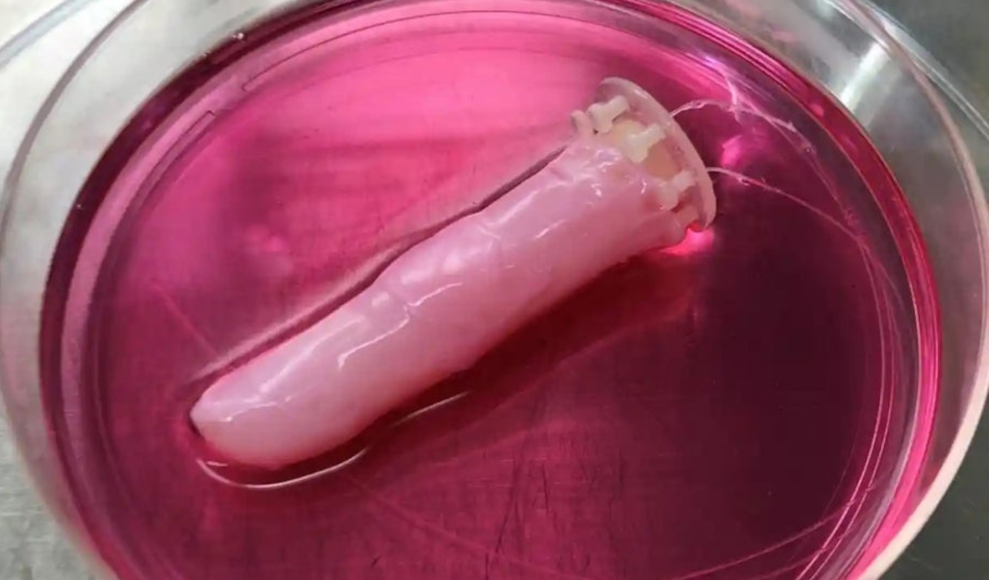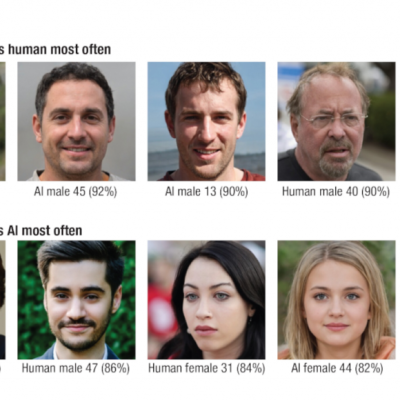In a groundbreaking development, scientists at the University of Tokyo have created a robot skin made from human cells that can self-heal like human skin. The artificial skin is so flexible that it can withstand complex movements without damage. The researchers used a collagen solution filled with human fibroblasts to create a form around the robot finger. The fibroblasts grew and covered the surface of the robot finger, creating an artificial dermis. The scientists also replicated the outermost layer of human skin, the epidermis, by adding keratinocytes to the dermis. The resulting artificial skin is visually similar to human skin, water-resistant, and does not allow substances to penetrate.
The researchers found that the artificial skin can self-heal, similar to how human skin heals from injuries. They used a flat collagen piece on the injured robot skin, and the fibroblasts gradually covered the collagen, resulting in a healed and strong surface. However, the artificial skin is currently weaker than human skin and can only be used in moist environments. It also requires a constant supply of nutrients to survive.
According to Shoji Takeuchi, the lead researcher, this development is just the first step towards creating robots covered with living skin. While the artificial skin is not yet as strong as human skin, this breakthrough could lead to significant advancements in the field of robotics. The potential applications of this technology are vast, from creating more realistic prosthetics to developing robots that can interact with humans in a more lifelike manner.










